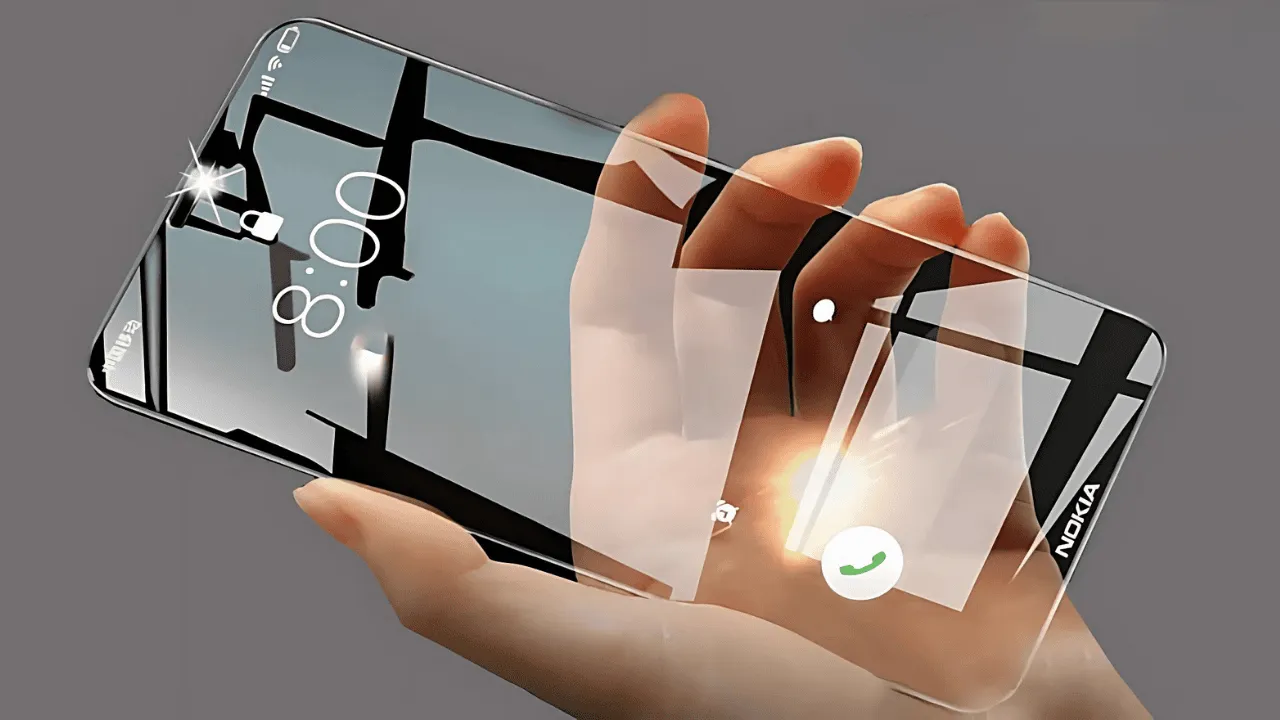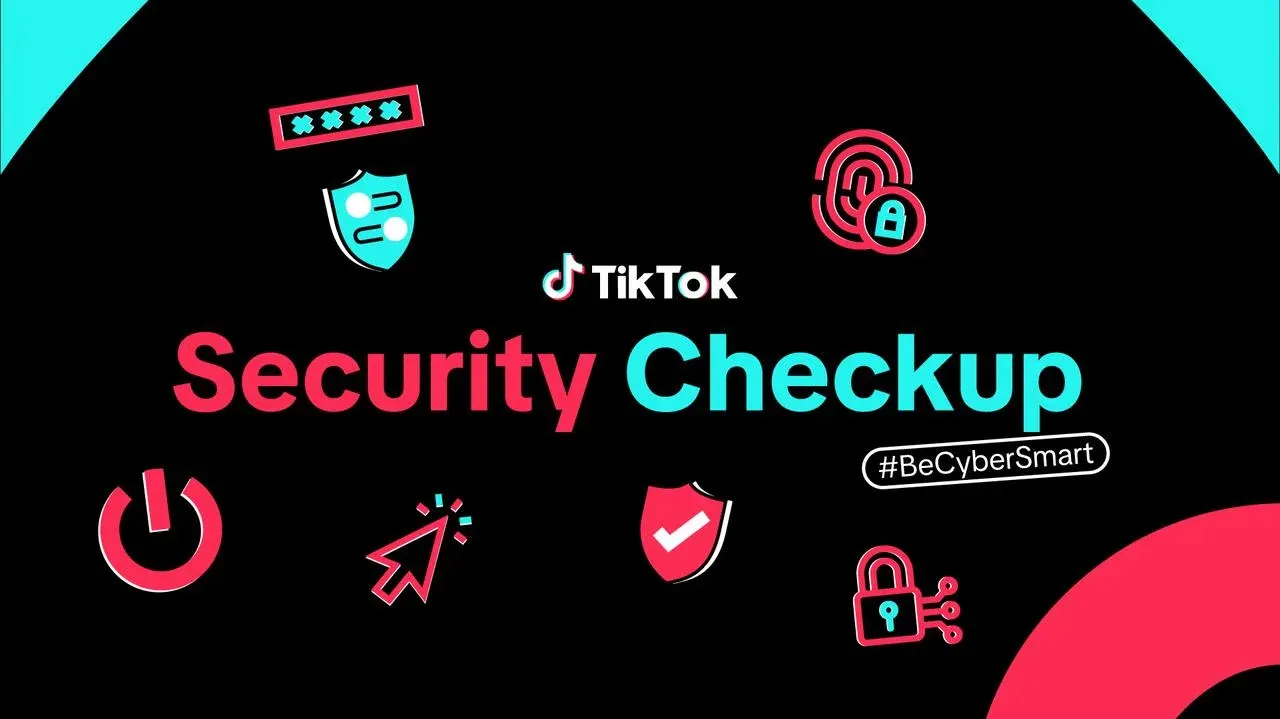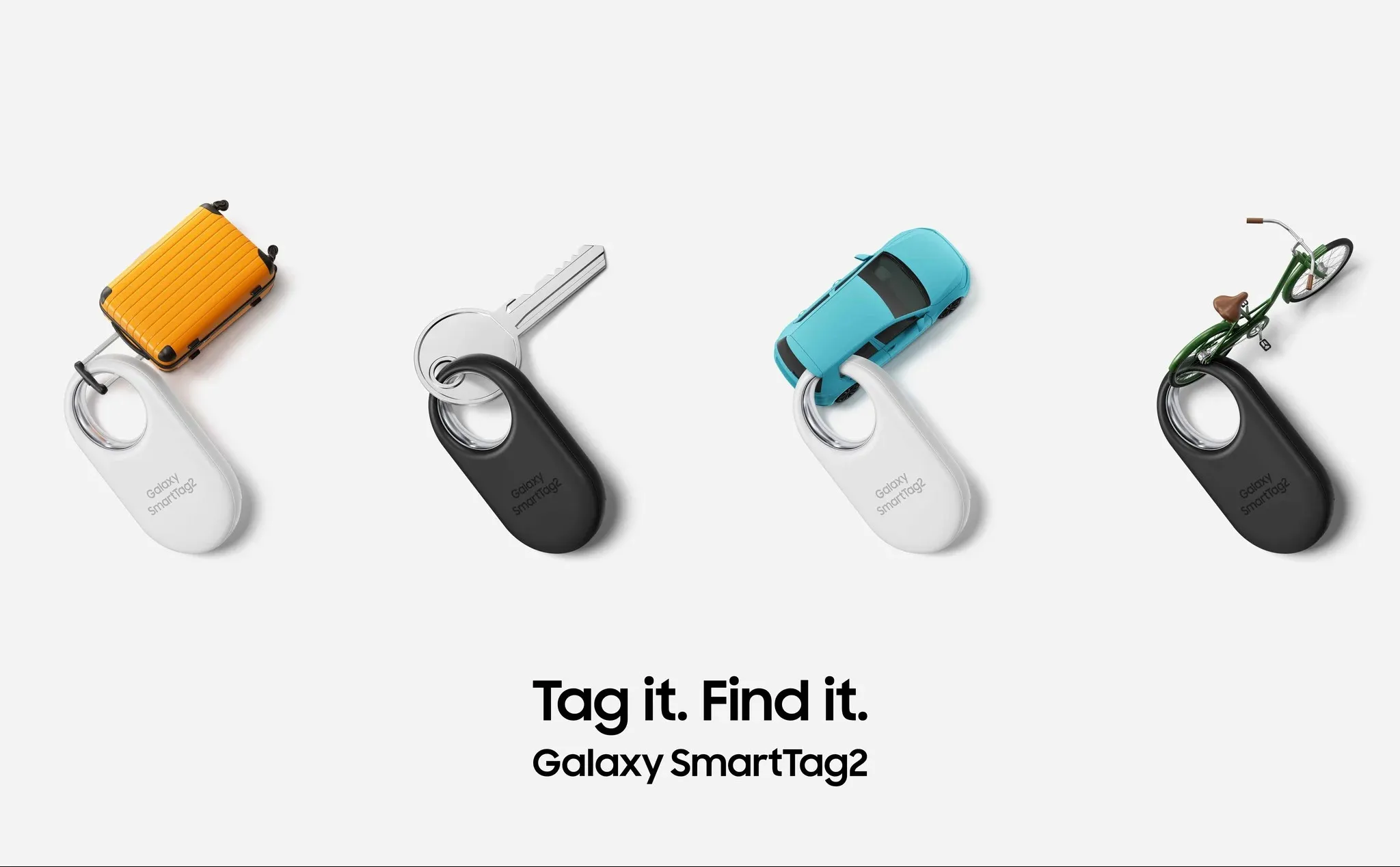In a world where smartphones are continuously evolving, a new concept is gaining traction: the transparent phone. This futuristic technology, once thought to be science fiction, is gradually becoming a reality. From prototype designs to concept videos by tech giants, transparent phones are catching the attention of consumers and industry experts alike.
But what exactly is a transparent phone? How does it work? And when can we expect to see them hit the mainstream market? In this article, we’ll dive into everything you need to know about transparent phone technology, its current status, and what the future might hold.
What Is a Transparent Phone?
A transparent phone is a mobile device designed using transparent display technology, allowing users to see through parts—or even the entirety—of the screen. Unlike current phones that use opaque components, transparent phones use specialized materials such as OLED (Organic Light Emitting Diode) or AMOLED displays, along with transparent circuit boards and batteries.
While the idea may sound too advanced for today’s standards, companies like Samsung, LG, Xiaomi, and even Apple have filed patents and revealed prototypes hinting at such technology. In short, a transparent phone isn’t just a fantasy anymore—it's in development.

How Does a Transparent Phone Work?
Creating a truly transparent phone involves re-engineering every core component. Here’s how it’s made possible:
Transparent Display
The most critical component is the transparent screen. OLED and AMOLED displays can be made see-through when not actively displaying pixels. These technologies emit their own light, eliminating the need for backlighting—an essential step toward transparency.
Transparent Circuitry
Printed transparent conductive materials like graphene or indium tin oxide (ITO) can be used to build internal circuits. These components are flexible and nearly invisible to the naked eye.
Transparent Battery and Camera
This is where it gets tricky. Researchers are experimenting with transparent batteries, which often involve ultra-thin layers of materials. Cameras can be embedded around the transparent area or minimized to tiny, semi-visible modules.
Benefits of a Transparent Phone
The transparent phone isn’t just a cool aesthetic idea—it offers a range of potential advantages.
1. Futuristic Design
The most obvious benefit is aesthetic innovation. A transparent phone stands out in a market saturated with similar-looking devices, offering a futuristic, eye-catching design.
2. Enhanced Augmented Reality (AR)
A transparent screen opens up incredible possibilities for augmented reality applications. Users could interact with digital elements laid over real-world objects in a more immersive way than ever before.
3. Privacy Features
Some transparent phones could feature customizable opacity, allowing you to darken areas of the screen for privacy or specific applications.

Challenges Facing Transparent Phone Technology
Despite all the excitement, transparent phones are not ready for mainstream release just yet. Here’s why:
1. Component Limitations
While transparent displays are becoming feasible, fully transparent processors, memory chips, and batteries are still in the early development stages.
2. Durability
Transparent materials may be less durable than traditional components, raising concerns about drops and scratches.
3. Cost
Transparent phones are likely to be expensive at launch. As with any cutting-edge technology, early adopters will pay a premium price.
4. Performance Trade-offs
In efforts to make devices see-through, there may be sacrifices in performance, battery life, or display brightness.
Who’s Leading the Charge?
Several companies have shown interest in transparent phone technology:
-
Xiaomi introduced the Mi 9 Explorer Edition, featuring a see-through back panel.
-
Samsung has patents on transparent foldable phones.
-
LG previously showcased a fully functional transparent OLED TV, paving the way for mobile integration.
-
Sony and HTC have also shown concept renders and applied for relevant patents.
While none of these brands have launched a fully transparent phone to market, the groundwork is being laid.

When Can We Expect a Transparent Phone?
While there is no transparent phone release date confirmed by any major brand, industry experts predict we might see the first semi-transparent smartphones by 2026 or 2027. These initial versions could feature transparent displays with partial internal transparency, gradually leading to fully transparent models.
The rollout will likely be limited to flagship or concept devices, with a wider adoption coming only after production costs decrease and consumer demand rises.
The Transparent Phone Is Coming
The idea of holding a see-through device in your hand is no longer just a sci-fi fantasy—it’s a developing reality. The transparent phone promises to reshape how we interact with technology, blending the digital and physical worlds like never before.
While significant hurdles remain in terms of durability, component development, and pricing, companies are investing heavily in research and development. Whether you're a tech enthusiast or a curious consumer, keeping an eye on this futuristic innovation is well worth your time.
As we wait for the world’s first truly transparent phone to make its debut, one thing is clear: the future of mobile technology is about to get a whole lot more transparent.



